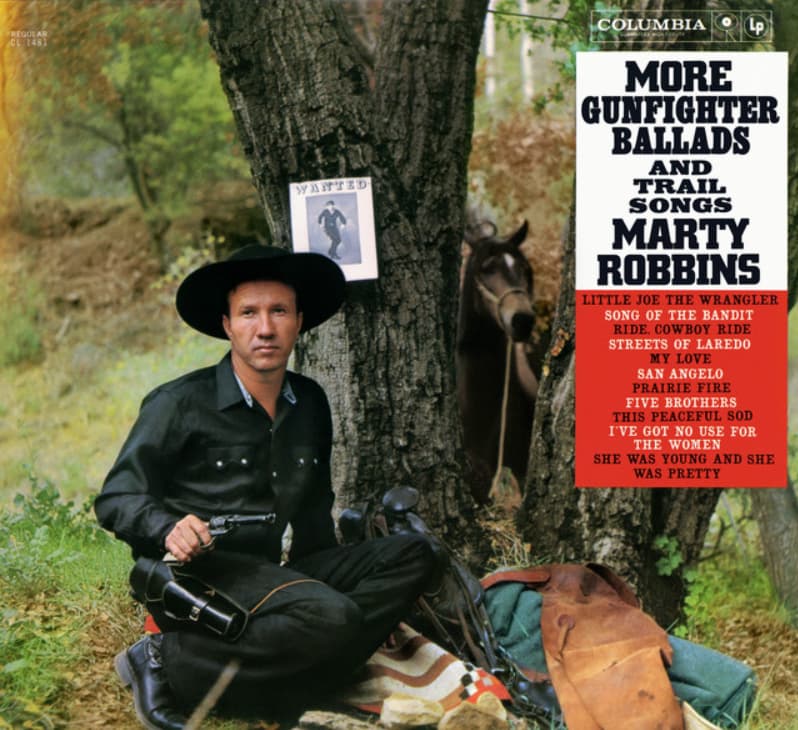
A Lonesome Tale of Lost Love and the Inevitable Cost of Beauty
There are voices that transcend time, that become the very soundtrack of our memories, and the velvet baritone of Marty Robbins belongs squarely in that hallowed category. His work, especially his celebrated “Gunfighter Ballads,” gave us vivid, cinematic narratives that remain unparalleled in country and Western music. Among those cherished tracks is the wistful, tragic story told in “She Was Young and She Was Pretty,” a song that appeared on his monumental 1960 album, More Gunfighter Ballads and Trail Songs.
More Gunfighter Ballads and Trail Songs, the successor to the platinum-certified and universally adored Gunfighter Ballads and Trail Songs (1959), continued to cement Robbins’ reputation not merely as a singer, but as a masterful, descriptive storyteller. While the more famous singles from the original album—like the chart-topping, Grammy-winning “El Paso”—dominated the airwaves, “She Was Young and She Was Pretty” served as one of the rich, melancholic cornerstones of the follow-up collection, released on July 18, 1960. While it may not have charted as a standalone single with the blockbuster success of a “Don’t Worry” (which hit No. 3 on the Pop chart in 1961) or “El Paso” (a No. 1 Pop and Country smash), its inclusion on such a high-profile album guaranteed it a place in the hearts of listeners who cherished the depth of Robbins’ Western tales. Its popularity is tied to the enduring success of the Gunfighter Ballads franchise itself, which reached number six on the Billboard 200 chart with the first installment.
The essence of “She Was Young and She Was Pretty” is heartbreak framed by the harsh realities of the Old West. It tells a first-person narrative, delivered with Robbins’ signature dramatic flair, of a man who is utterly consumed by the beauty of a woman he meets. She is an object of desire, but her allure is dangerous—not because she is malicious, but because her overwhelming beauty makes her a magnet for trouble, and inevitably, tragedy. The protagonist is completely smitten, utterly ignoring the warnings and the clear danger this relationship presents. The song’s great, sorrowful meaning lies in its exploration of infatuation—the kind that blinds a man to his own impending doom. He knows the risks, yet he chooses to follow her into a life that promises, and eventually delivers, a fatal outcome. It’s a testament to the powerful, destructive nature of an obsessive love, where the beauty of the beloved is the very thing that seals the fate of the lover.
For those of us who grew up listening to these songs on scratchy vinyl or late-night radio, the atmosphere Robbins created is instantly transportive. We hear the echo of saloon doors, the clinking of spurs, and the lonesome wind across the plains. This particular ballad carries a resonance with the themes of many classic Westerns—a cautionary tale of a transient life, where passion is quick to ignite and quicker to turn deadly. The simplicity of the title belies the depth of the narrative; it’s a lament for wasted youth and beauty that brought only ruin. Marty Robbins wasn’t just singing; he was placing you beside a campfire or at a dusty bar, pouring out a confession of a love that was too fierce to survive the world. It’s a nostalgic look back at a rugged era, and a perennial reminder that some passions, no matter how beautiful, are simply not meant to last.